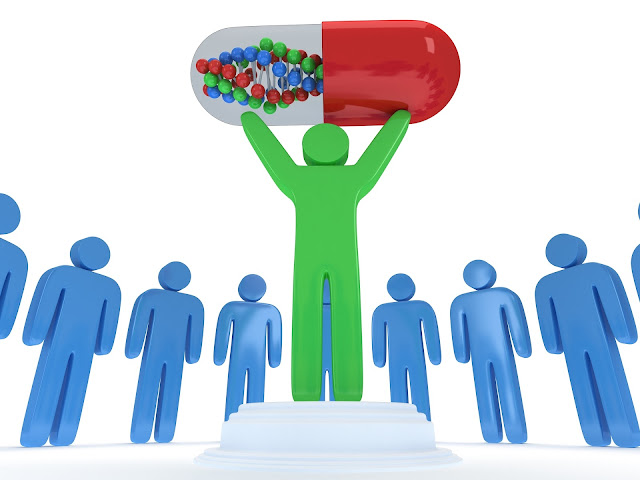Risky Business: Manufacturing High Potency Drug Products

As the pharmaceutical industry gradually moves towards innovative therapies with customised and patient-specific treatments, manufacturers now are that specialize in smaller batch sizes of more complex and potent compounds while also ensuring top quality standards. Significant investment in research with a clear shift towards specialty drug products, especially oncology, has been a very growing area of interest for global pharmaceutical players in recent years. As per reports, approximately a quarter of latest chemical entities (NCEs) under development fall into the category of highly potent active pharmaceutical ingredients (HPAPI). Oncology, a serious driver within the growth of HPAPI, shows tremendous growth potential. the worldwide oncology market was valued at USD 16 billion in 2018 and is predicted to grow at a CAGR of 8.7% between 2019 and 2025. Challenges of containment An API is taken into account highly potent if it meets one or more of several
